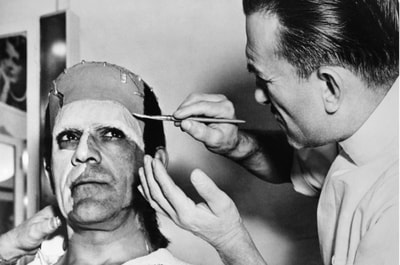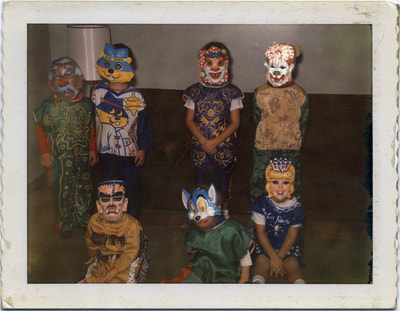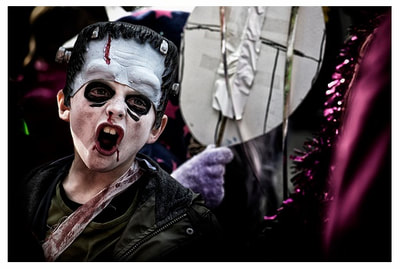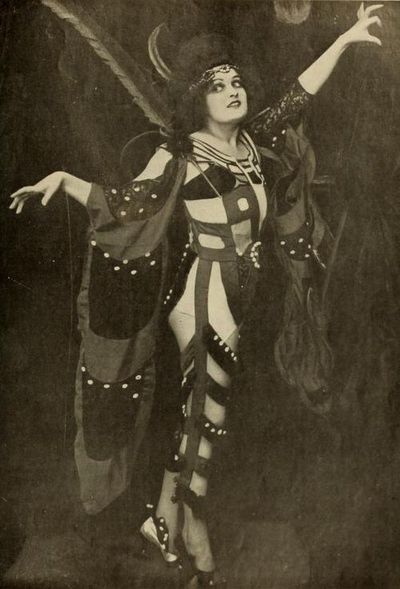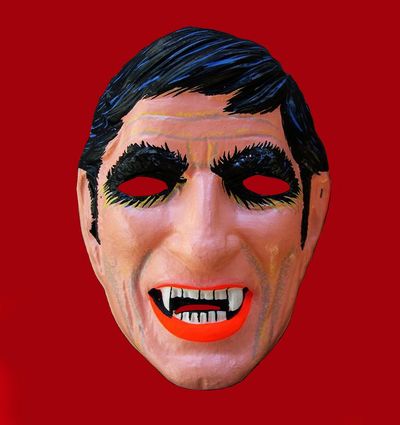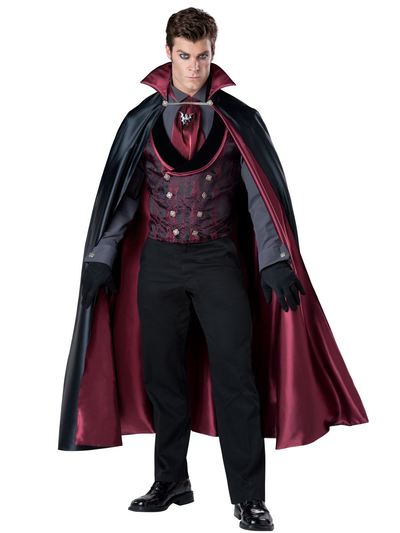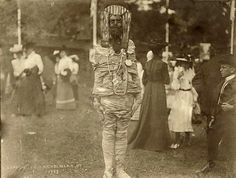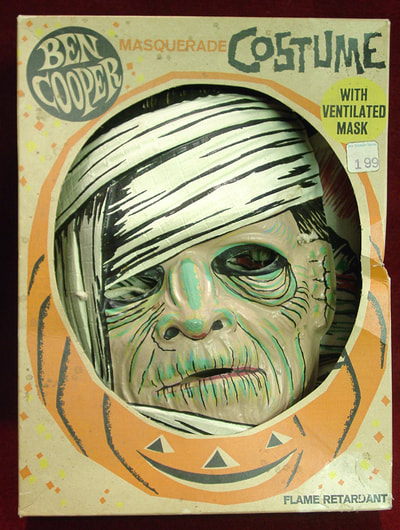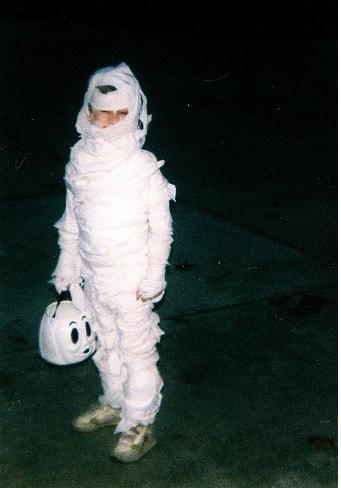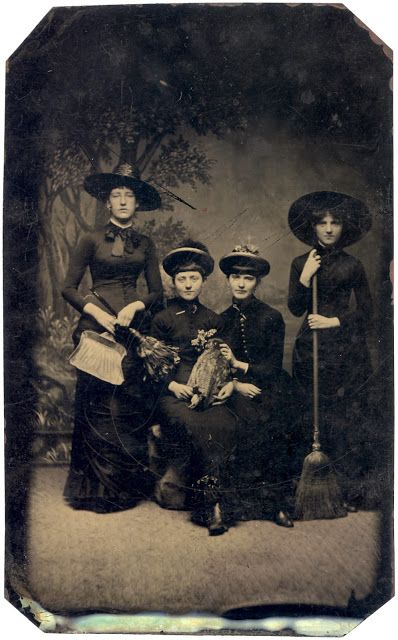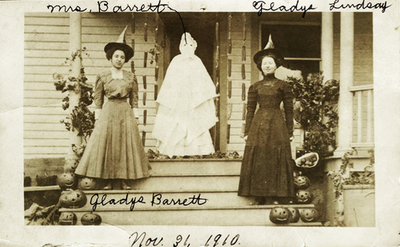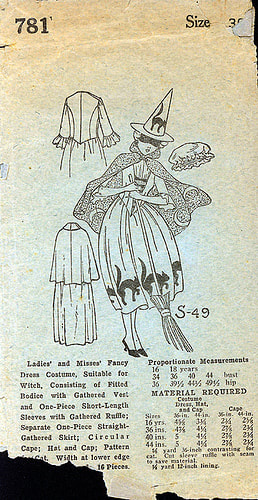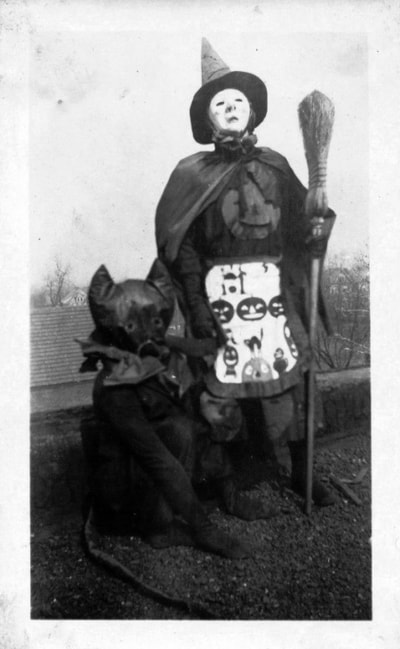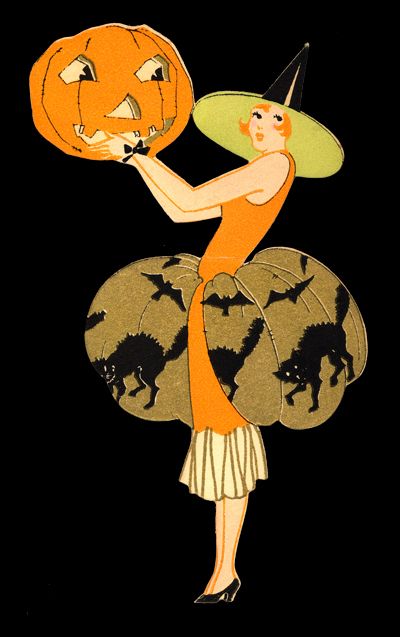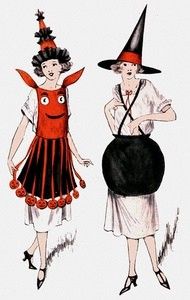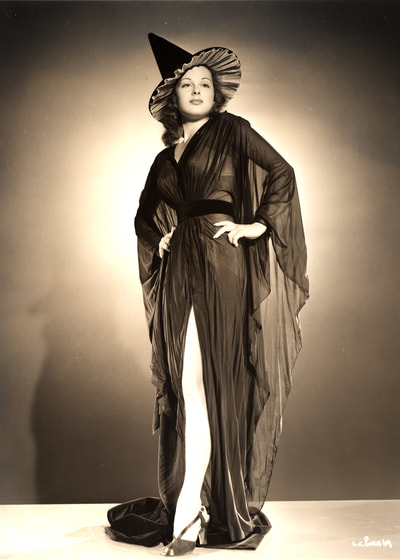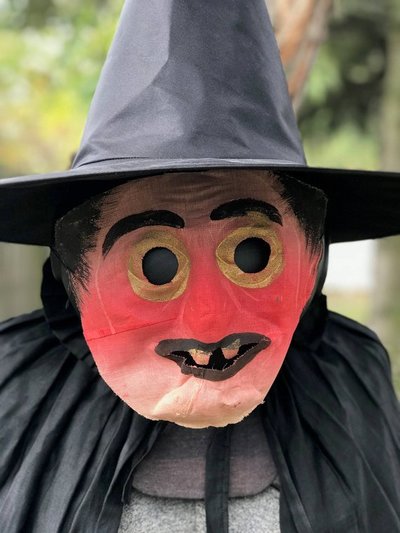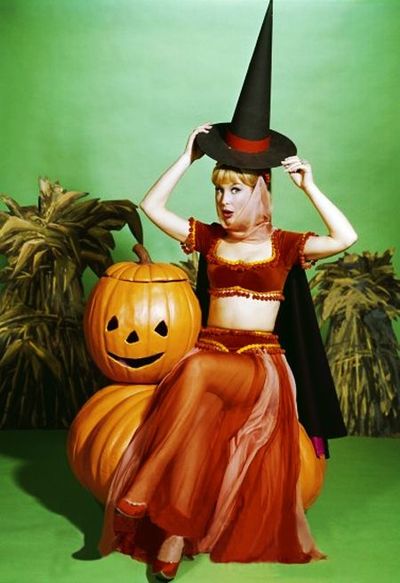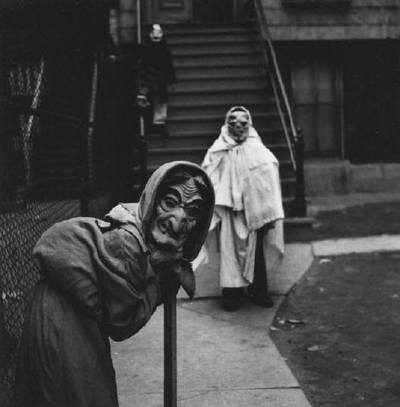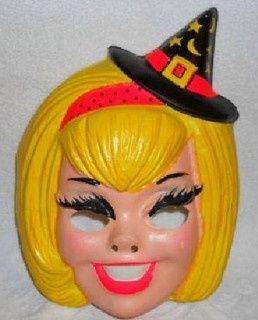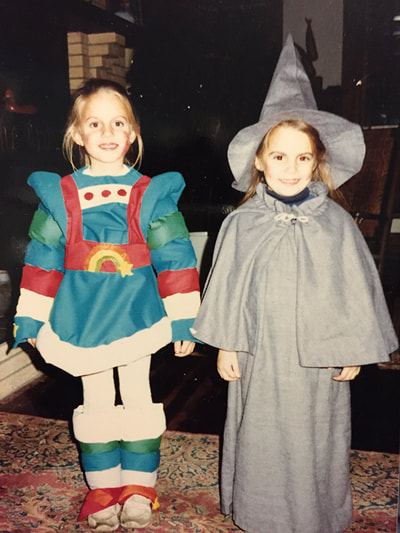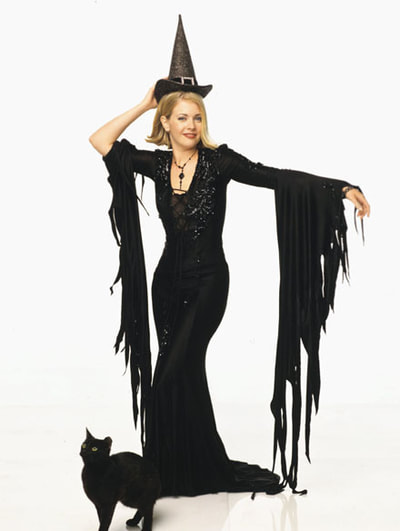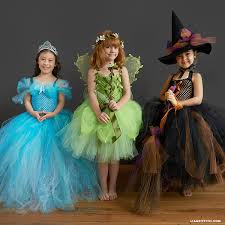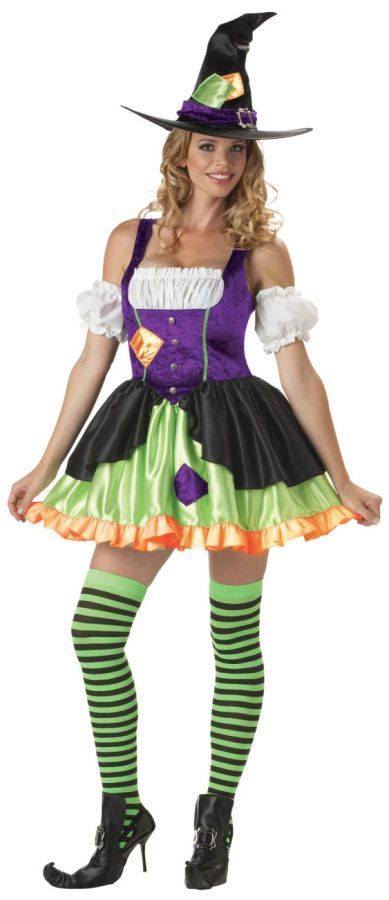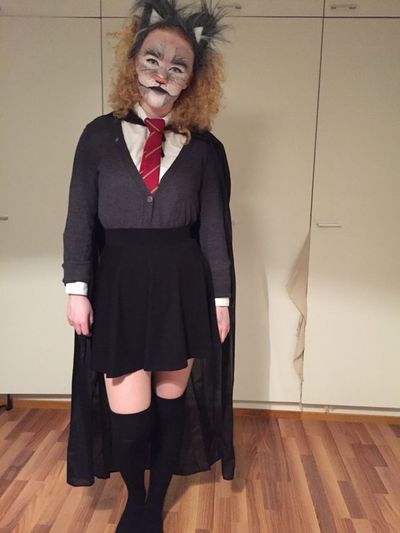|
and EdwaOn the first installment we learned about witch costumes. On this second installment, I wanted to focus on other monsters. Notably, vampires, Frankenstein's monster, and mummies. The trinity of Halloween monsters. Before looking at some historic representations of the three, let's briefly review the origins of each myth. FYI: The green guy with bolts through his neck is Frankenstein's monster. Frankenstein was the doctor who created him. Read the book by Mary Shelley and all will be made clear. One of the first vampire movies was the black and white silent film, Nosferatu. It was filmed in 1921 and is thought by many to be an unauthorized adaptation of Dracula by Bram Stoker. The movie also set a precedent that is believed to this day. In the movie, vampires are injured or killed by sunlight. No where in Stoker's novel was this mentioned; only that vampires are weakened. The mummy curse is thought to have been perpetuated or created by the Victorians. There is no evidence that Egyptians believed mummies were cursed or could get up and walk around after being mummified. Supernatural explanations and spiritualism was popular during the Victorian and Edwardian eras. Sir. Arthur Conan Doyle, the creator of Sherlock Holmes was a noted spiritualist during that time. After researching the trifecta of costume monsters I have realized that although we see them as quintessential parts of Halloween, unlike witches, these monsters weren't as prevalent in Halloween dress up. Skeletons, bats, and black cats tended to show up more and much earlier in history when I was researching. Hopefully this is a jumping off point for anyone who wishes to do more in depth research into any of these three iconic monsters.
Resources:
0 Comments
As autumn is right around the corner, I thought I'd take a look into some Halloween costumes and how they were represented throughout the history of the holiday as we celebrate it today (parties, trick or treating, pumpkin patches).
Witches were ranked as the #6 most popular Halloween costume of 2017 by Fortune Magazine. With America's history on witchcraft, witch costumes sounded like a fantastic idea for my first History's Halloween Costumes article. American's borrowed "trick or treating" from the Irish and English in the late 1800s. Many tried to make the holiday more about family gathering and fun rather than tricks, ghost stories, and witchcraft. Although Halloween was meant to shy away from witchcraft, witches were still a very popular costume. From homemade paper mache masks to pre bought tutu miniskirts, here is a very brief pictorial history of witch costumes in America. |
Topics
All
Archives
July 2021
|
